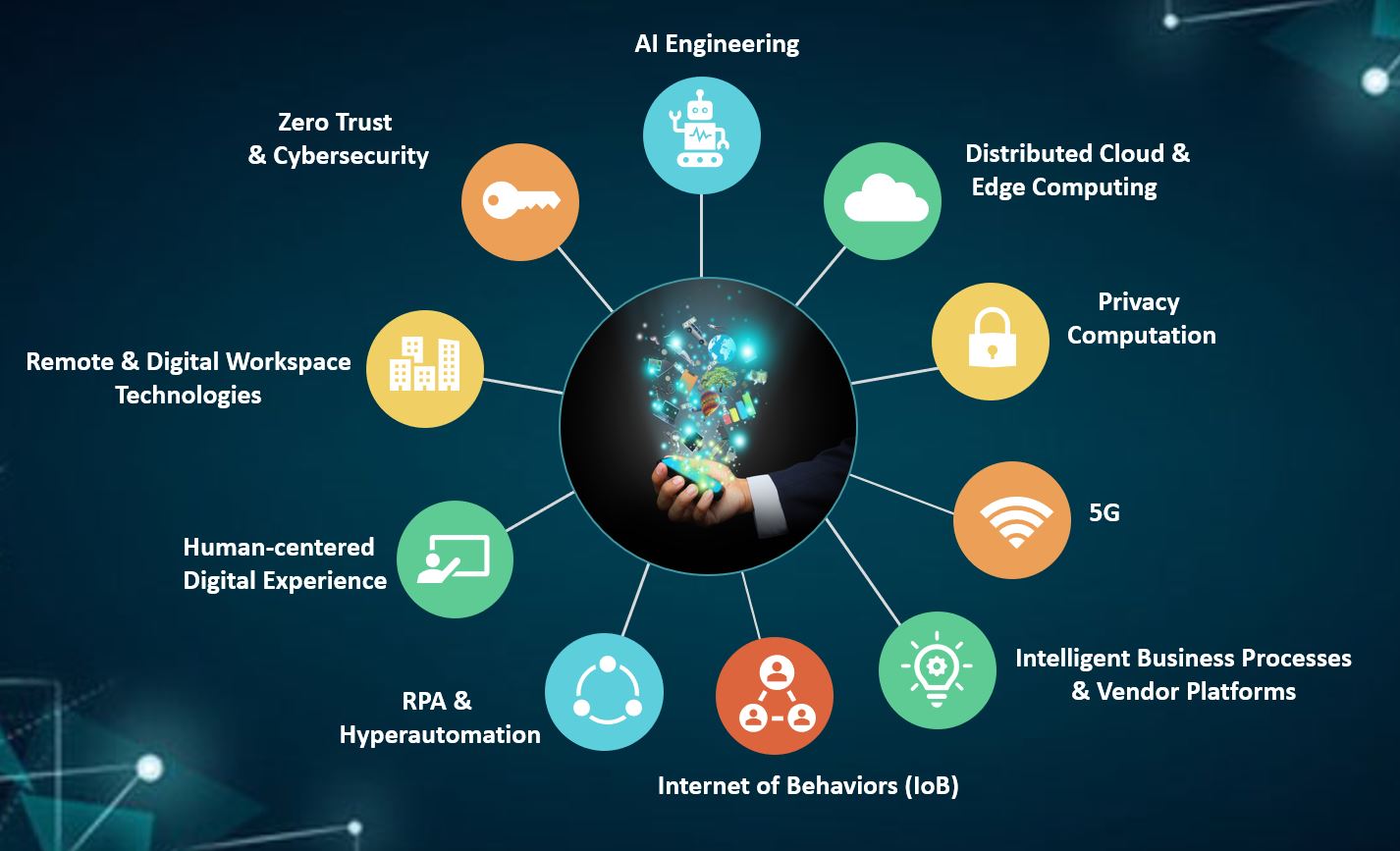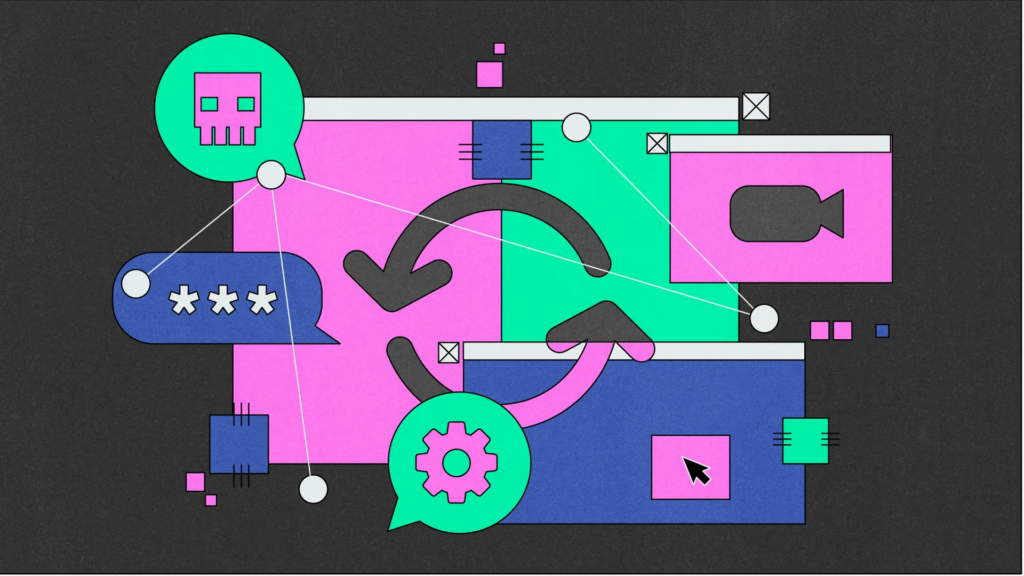Data Science
Data science is a multidisciplinary field that combines scientific methods, algorithms, and systems to extract knowledge and insights from structured and unstructured data. It involves using various techniques and tools to analyze large volumes of data, uncover patterns, make predictions, and gain valuable insights for decision-making and problem-solving.
The process of data science typically involves the following steps:
- Problem definition: Clearly defining the problem or objective that needs to be addressed using data analysis.
- Data acquisition: Gathering relevant data from various sources, such as databases, APIs, or data files.
- Data cleaning and preprocessing: Cleaning the data to remove any inconsistencies, errors, or missing values. This step also involves transforming and preparing the data for analysis.
- Exploratory data analysis (EDA): Exploring and visualizing the data to understand its structure, relationships, and potential patterns. EDA helps in identifying outliers, correlations, and initial insights.
- Feature engineering: Selecting or creating relevant features (variables) from the available data that can best represent the problem at hand. Feature engineering may involve transforming, scaling, or combining variables.
- Model selection and training: Choosing an appropriate machine learning or statistical model based on the problem type and available data. The model is trained on a subset of the data, known as the training set.
- Model evaluation and validation: Assessing the performance of the trained model using evaluation metrics and validation techniques. This step helps in identifying any issues, such as overfitting or underfitting, and fine-tuning the model accordingly.
- Prediction or inference: Applying the trained model to new, unseen data to make predictions or gain insights. This step may involve deploying the model in a production environment for real-time predictions.
- Communication and visualization: Presenting the findings, insights, and predictions to stakeholders or decision-makers using visualizations, reports, or interactive dashboards.
- Iteration and improvement: Data science is an iterative process, and models and analyses are continuously refined and improved based on feedback, new data, or changing requirements.
Data scientists use a variety of programming languages, such as Python or R, along with libraries and frameworks like pandas, NumPy, scikit-learn, and TensorFlow, to perform data manipulation, analysis, and modeling tasks. They also rely on statistical techniques, machine learning algorithms, data visualization, and domain expertise to derive meaningful insights and solve complex problems.
The applications of data science are wide-ranging and span across industries. Some common applications include predictive analytics, customer segmentation, fraud detection, recommender systems, natural language processing, image recognition, and optimization. Data science has become increasingly important in today’s data-driven world, enabling organizations to make data-informed decisions, improve operations, and gain a competitive edge.
Cloud Computing
Cloud computing refers to the delivery of computing services, such as servers, storage, databases, networking, software, and analytics, over the internet (“the cloud”). Instead of owning and managing physical infrastructure, organizations and individuals can access and utilize these resources on-demand from cloud service providers.
Key Characteristics of Cloud Computing:
- On-demand self-service: Users can provision and access resources as needed without requiring human intervention from the cloud service provider.
- Broad network access: Cloud services are accessible over the internet via various devices, such as laptops, smartphones, or tablets.
- Resource pooling: Multiple users share and utilize the same physical resources, with the cloud provider dynamically assigning and reallocating resources based on demand.
- Rapid elasticity: Cloud resources can be scaled up or down quickly and automatically to meet changing workload requirements.
- Measured service: Cloud usage is monitored, controlled, and billed based on specific parameters, such as storage, bandwidth, or processing power.
Cloud computing offers several benefits, including:
- Cost savings: Organizations can avoid upfront infrastructure costs by paying for cloud services on a pay-as-you-go basis. They can scale resources up or down as needed, avoiding overprovisioning or underutilization.
- Scalability and flexibility: Cloud services provide the ability to scale computing resources rapidly to handle fluctuating workloads. This scalability allows organizations to respond quickly to changing demands.
- Reliability and availability: Cloud service providers typically offer robust and redundant infrastructure, ensuring high availability and minimizing downtime. They often have data centers in multiple geographic regions, providing disaster recovery options.
- Security: Cloud providers invest heavily in security measures and offer features such as encryption, access controls, and regular backups. They often have dedicated security teams to monitor and protect their infrastructure.
- Collaboration and accessibility: Cloud services enable easy collaboration among teams by providing centralized access to data and applications. Users can access their resources from anywhere with an internet connection, facilitating remote work.
Cloud computing models:
- Infrastructure as a Service (IaaS): Provides virtualized computing resources, such as virtual machines, storage, and networks. Users have control over the operating system and applications running on the infrastructure.
- Platform as a Service (PaaS): Offers a platform and environment for developing, testing, and deploying applications. Users can focus on application development without worrying about managing the underlying infrastructure.
- Software as a Service (SaaS): Delivers software applications over the internet. Users can access and use the software without worrying about installation, maintenance, or infrastructure management.
Popular cloud service providers include Amazon Web Services (AWS), Microsoft Azure, Google Cloud Platform (GCP), and IBM Cloud. These providers offer a wide range of services and solutions to meet diverse computing needs.
Cloud computing has revolutionized the IT industry, enabling businesses of all sizes to access powerful computing resources, improve agility, and accelerate innovation. It has become an integral part of modern technology infrastructure, supporting various applications, from web hosting and data storage to big data analytics and artificial intelligence.
DevOps
DevOps, a term derived from the combination of “development” and “operations,” is a set of practices that aim to bridge the gap between software development and IT operations. It emphasizes collaboration, communication, and integration between development teams (responsible for building and delivering software) and operations teams (responsible for deploying and managing software in production environments). The primary goal of DevOps is to enable organizations to deliver high-quality software more rapidly and reliably.
Key principles and practices of DevOps include:
- Collaboration and communication: DevOps promotes a culture of collaboration and communication among development, operations, and other stakeholders involved in the software delivery process. This helps break down silos and ensures everyone works towards common goals.
- Continuous integration and continuous delivery (CI/CD): CI/CD is a fundamental aspect of DevOps. It involves automating the process of integrating code changes, building, testing, and deploying software in a continuous and iterative manner. This approach helps catch bugs early, ensures faster feedback loops, and enables rapid and reliable software releases.
- Infrastructure as Code (IaC): DevOps encourages treating infrastructure as code, where infrastructure configurations, provisioning, and management are automated using version-controlled scripts or templates. This allows for consistency, scalability, and reproducibility of infrastructure deployments.
- Automation: DevOps promotes the automation of repetitive tasks and processes involved in software delivery, such as builds, tests, deployments, and monitoring. Automation reduces manual errors, increases efficiency, and frees up resources for more value-added activities.
- Monitoring and feedback loops: DevOps emphasizes the importance of monitoring applications and infrastructure in production environments. Real-time monitoring helps detect issues, performance bottlenecks, and user feedback, enabling teams to continuously improve the software and infrastructure.
- DevOps toolchain: Various tools and technologies support the implementation of DevOps practices. These tools include source code repositories (e.g., Git), continuous integration servers (e.g., Jenkins), configuration management tools (e.g., Ansible), containerization platforms (e.g., Docker), and cloud platforms (e.g., AWS, Azure). The toolchain varies based on specific needs and technologies used by an organization.
Benefits of DevOps:
- Faster time to market: DevOps practices enable organizations to release software more frequently and reliably, reducing time-to-market and enabling faster delivery of value to end-users.
- Improved collaboration and communication: DevOps fosters better collaboration and communication between development and operations teams, leading to enhanced efficiency, shared responsibility, and reduced friction.
- Increased software quality: The emphasis on automation, continuous testing, and feedback loops in DevOps helps catch and address issues early in the development process, leading to improved software quality and stability.
- Scalability and flexibility: DevOps enables organizations to scale their infrastructure and applications seamlessly to meet changing business needs, leveraging cloud platforms and automation.
- Enhanced customer satisfaction: With faster delivery cycles, reduced downtime, and improved quality, DevOps helps organizations deliver a better customer experience, leading to increased customer satisfaction.
DevOps has gained significant popularity as organizations strive for faster and more efficient software delivery. It aligns well with agile development methodologies and is widely adopted across industries, from startups to large enterprises. Implementing DevOps requires a cultural shift, changes in processes, and the adoption of appropriate tools and technologies.
UI/UX
UI (User Interface) and UX (User Experience) are two closely related terms that focus on different aspects of the design and interaction with digital products, such as websites, mobile applications, or software interfaces.
UI (User Interface) refers to the visual elements, controls, and layouts through which users interact with a digital product. It encompasses the overall look and feel, including colors, typography, icons, buttons, and other graphical elements. UI design aims to create an aesthetically pleasing and visually consistent interface that is intuitive and easy to use. The goal is to provide users with a visually appealing and interactive experience.
Key aspects of UI design include:
- Visual Design: Creating an appealing visual style and aesthetic that aligns with the product’s purpose, target audience, and brand identity.
- Layout and Composition: Organizing and arranging elements on the screen in a logical and user-friendly manner, considering factors such as readability, hierarchy, and visual flow.
- Typography: Choosing appropriate fonts, sizes, and styles to enhance readability and convey the desired tone or personality of the product.
- Colors and Branding: Selecting color schemes that are visually pleasing, consistent, and aligned with the product’s branding and intended emotional impact.
- Icons and Graphics: Designing or selecting appropriate icons and graphics to convey information, provide visual cues, and enhance the overall user experience.
On the other hand, UX (User Experience) focuses on the overall experience and satisfaction of users when interacting with a digital product. It involves understanding user behaviors, needs, and expectations to design and optimize the product for usability, effectiveness, and enjoyment. UX design aims to create meaningful and seamless experiences that meet user goals and create positive emotions.
Key aspects of UX design include:
- User Research: Conducting research to understand the target users, their goals, motivations, and pain points. This includes methods such as interviews, surveys, usability testing, and user personas.
- Information Architecture: Organizing and structuring the content and functionality of the product to ensure easy navigation, findability, and intuitive access to information.
- Interaction Design: Designing interactive elements and defining how users interact with the product, such as through gestures, clicks, or keyboard input. This includes creating intuitive and efficient workflows and minimizing cognitive load.
- Usability Testing: Evaluating the product’s usability by observing users’ interactions, collecting feedback, and making iterative improvements based on user insights.
- Prototyping: Creating low-fidelity or high-fidelity interactive prototypes to test and validate design concepts, interactions, and user flows before implementation.
The ultimate goal of UI and UX design is to create a harmonious and enjoyable user experience that meets user needs and expectations, encourages engagement, and drives user satisfaction. Both UI and UX design work together to create intuitive, visually appealing, and functional digital products that provide value and delight to users.





